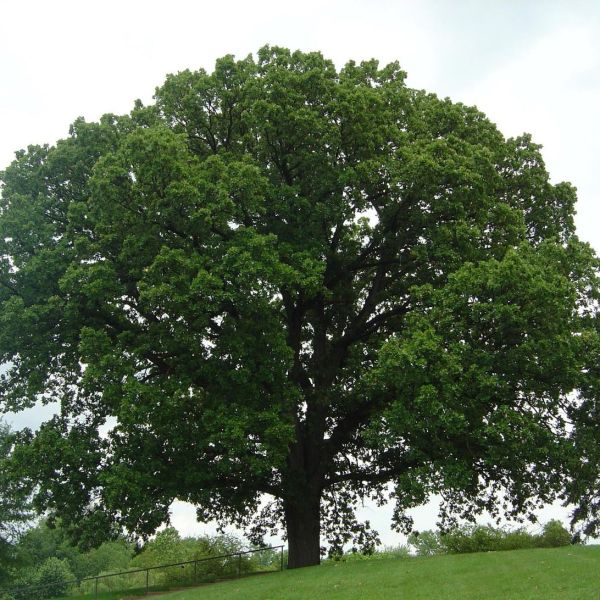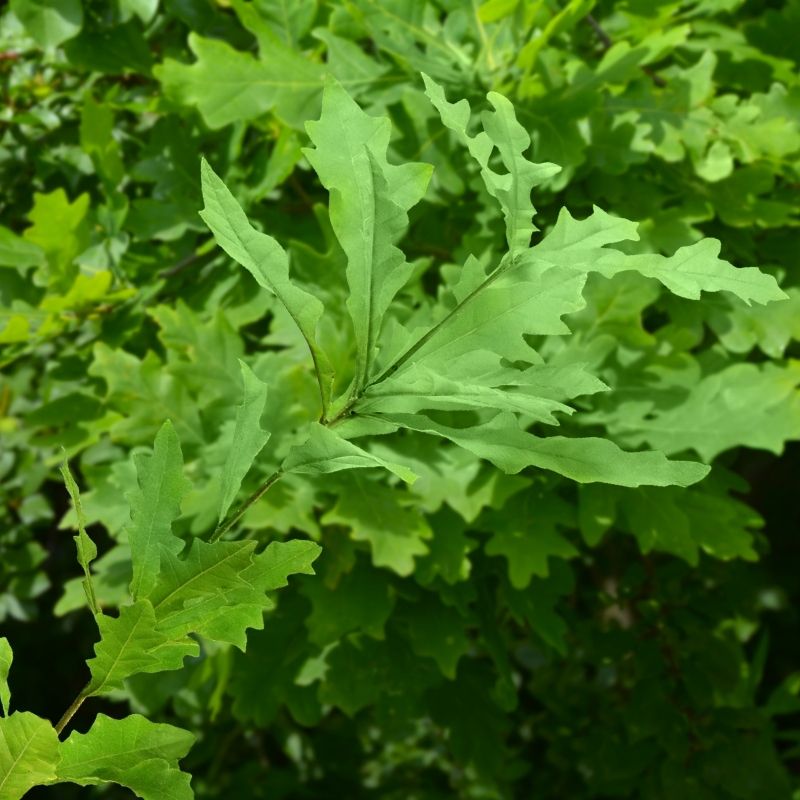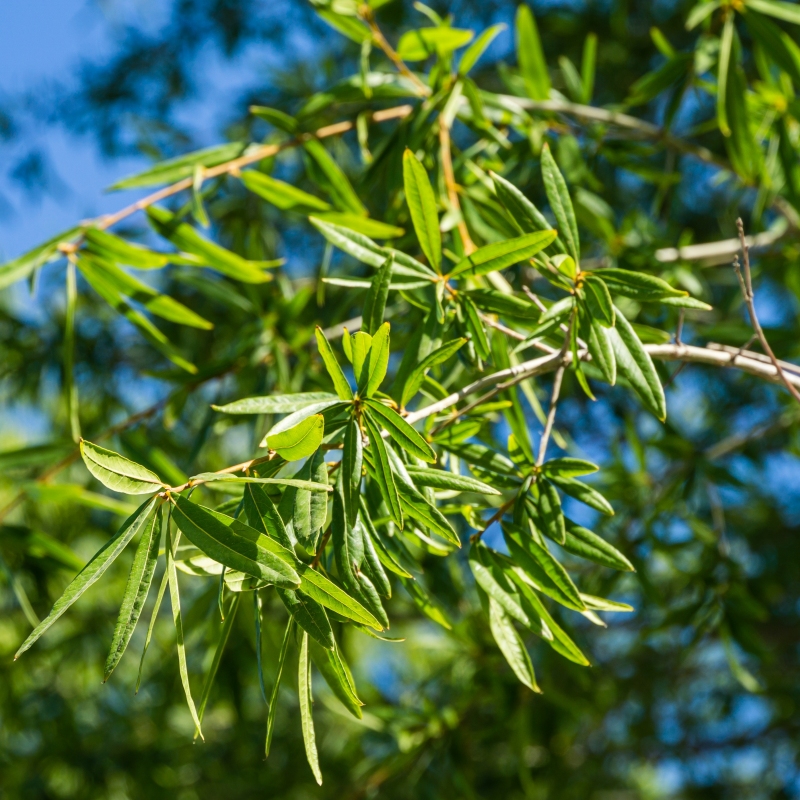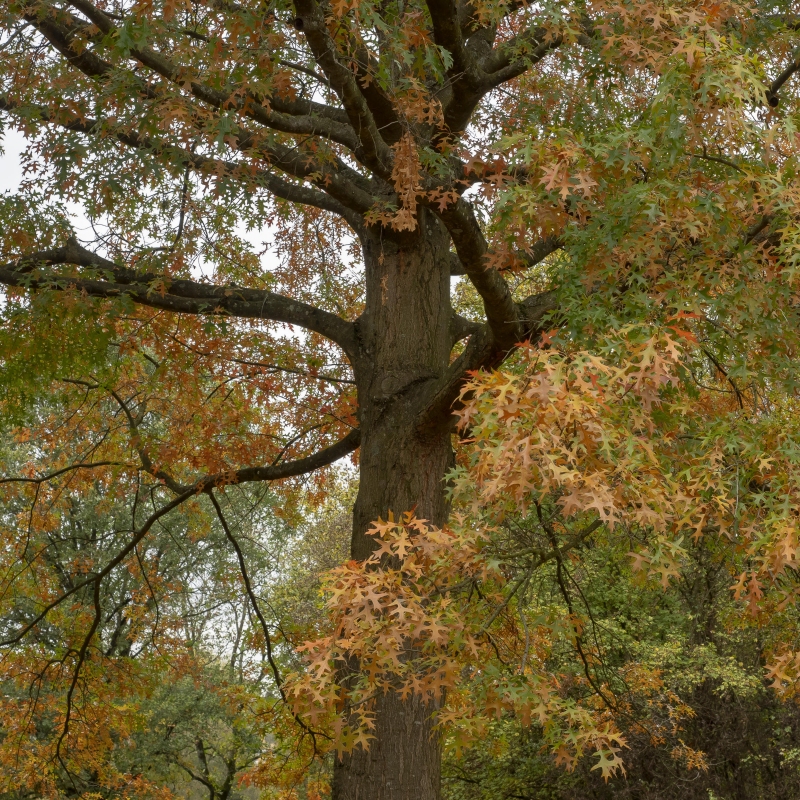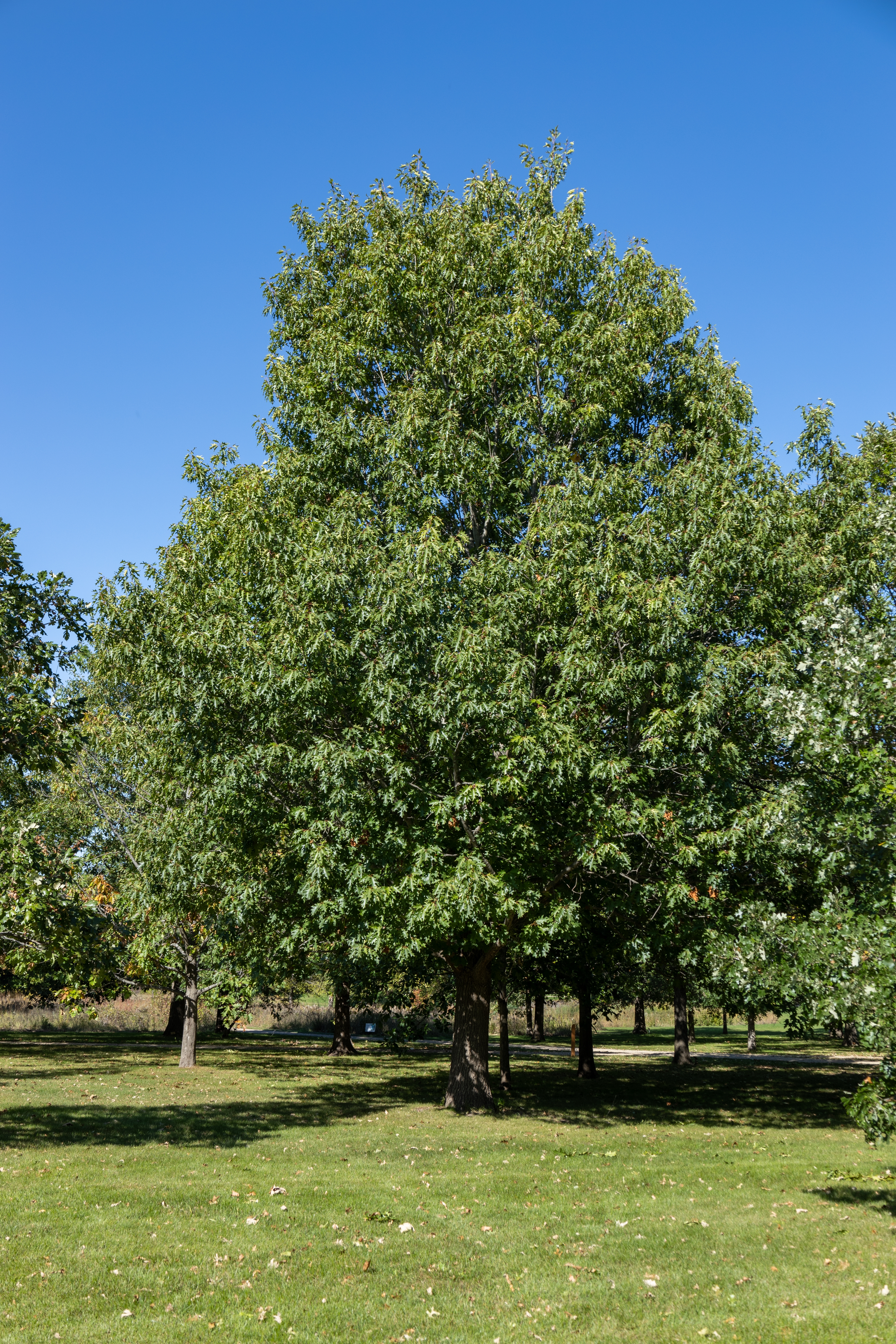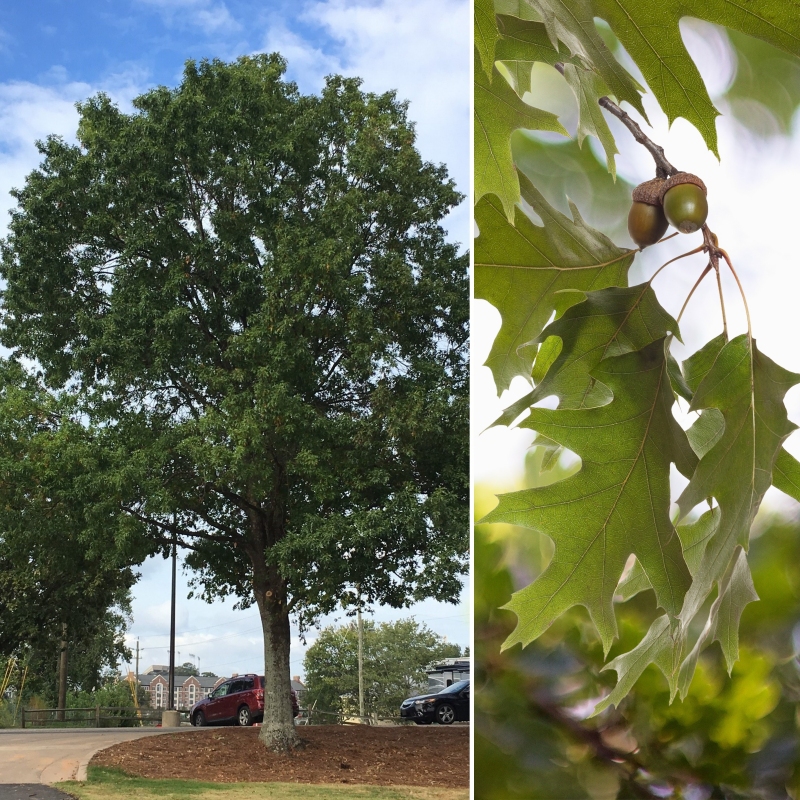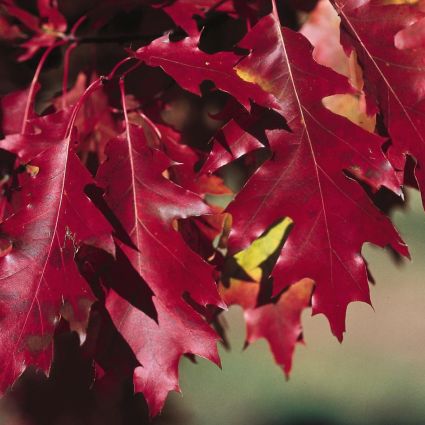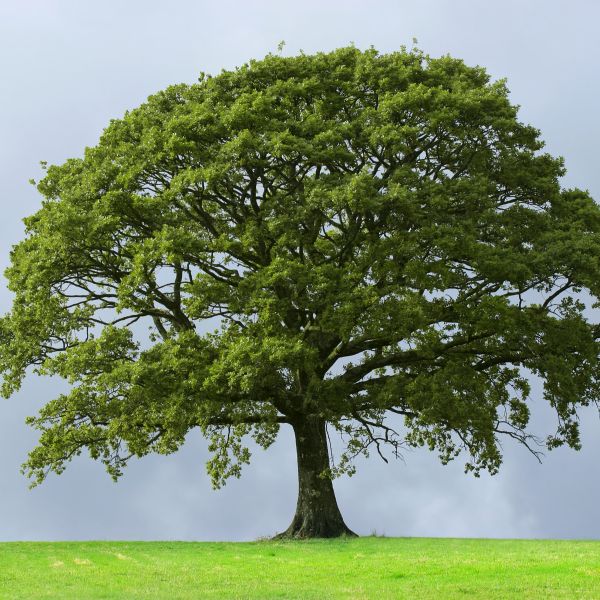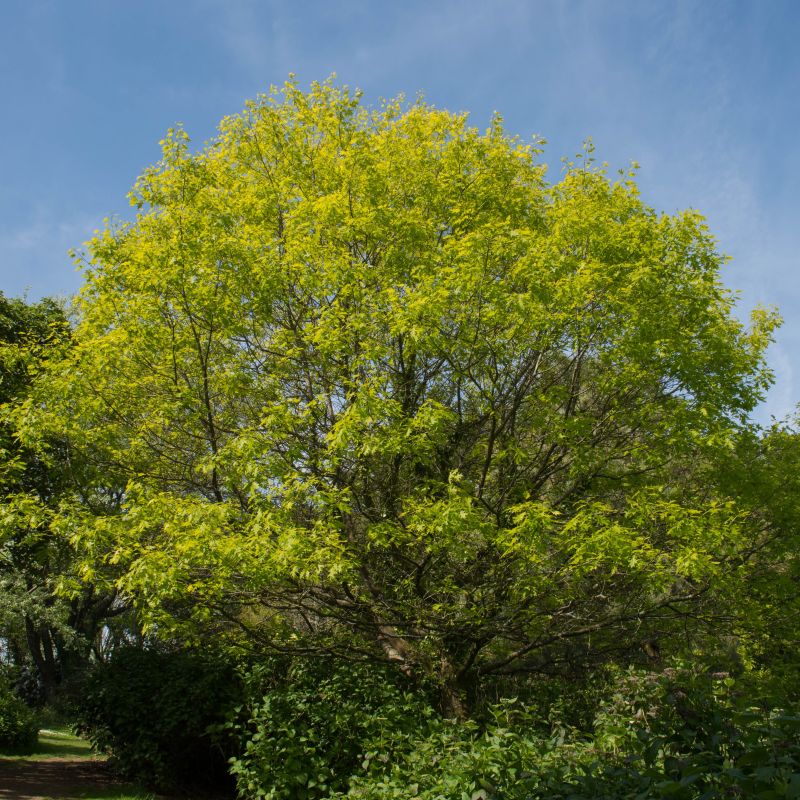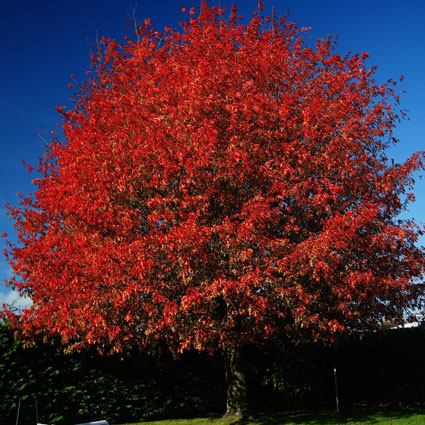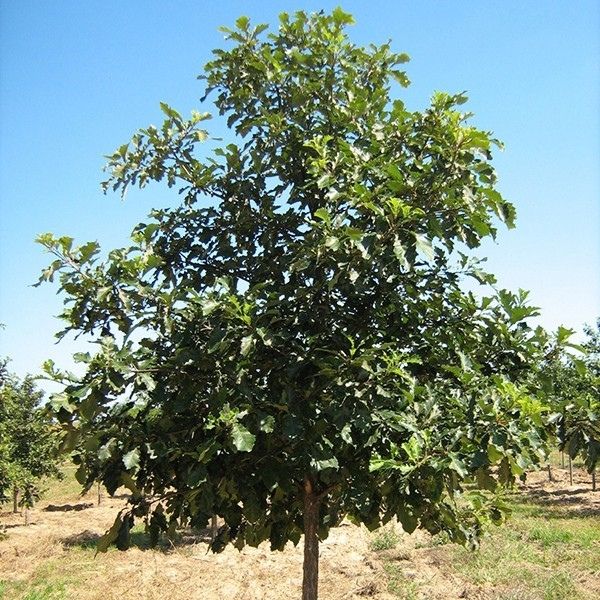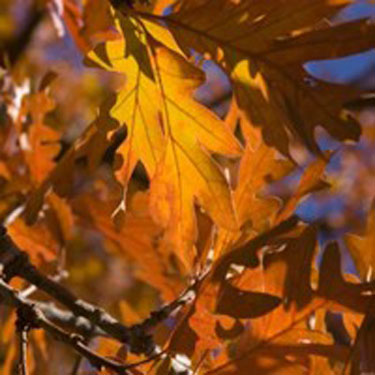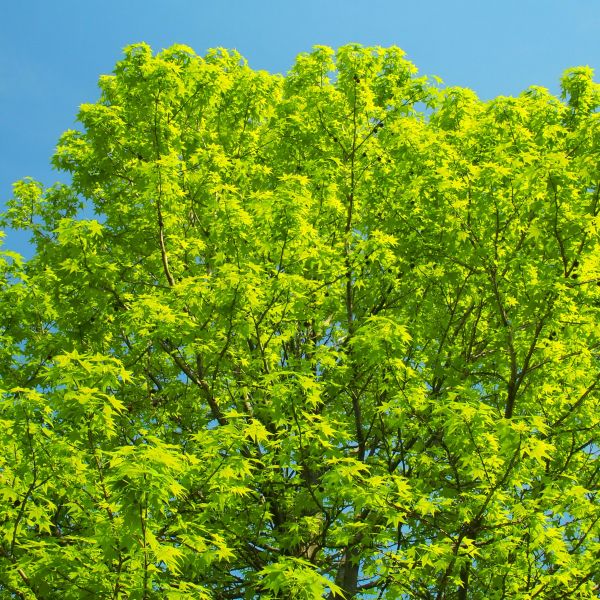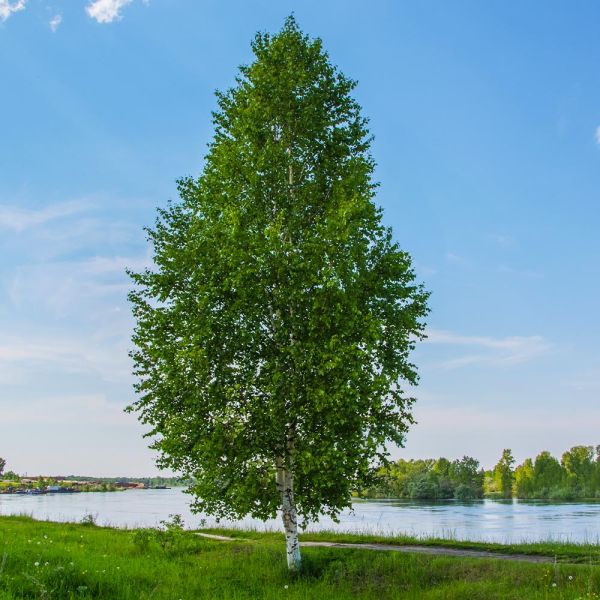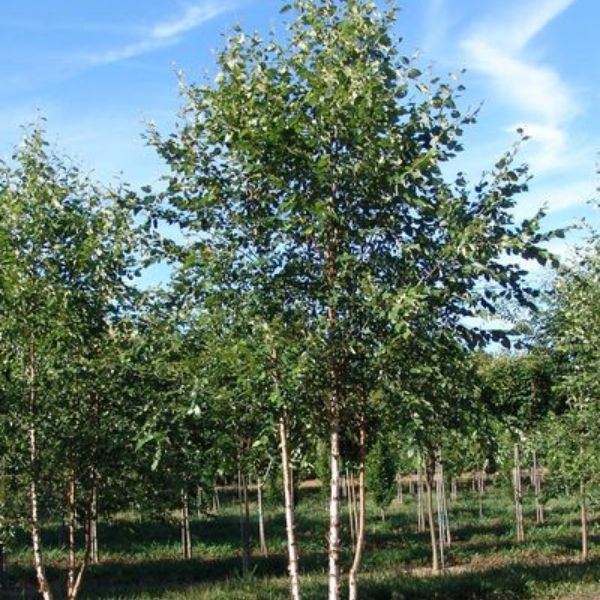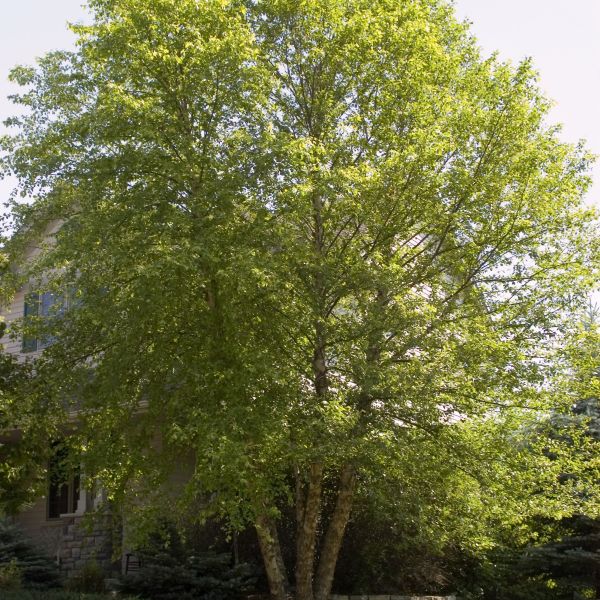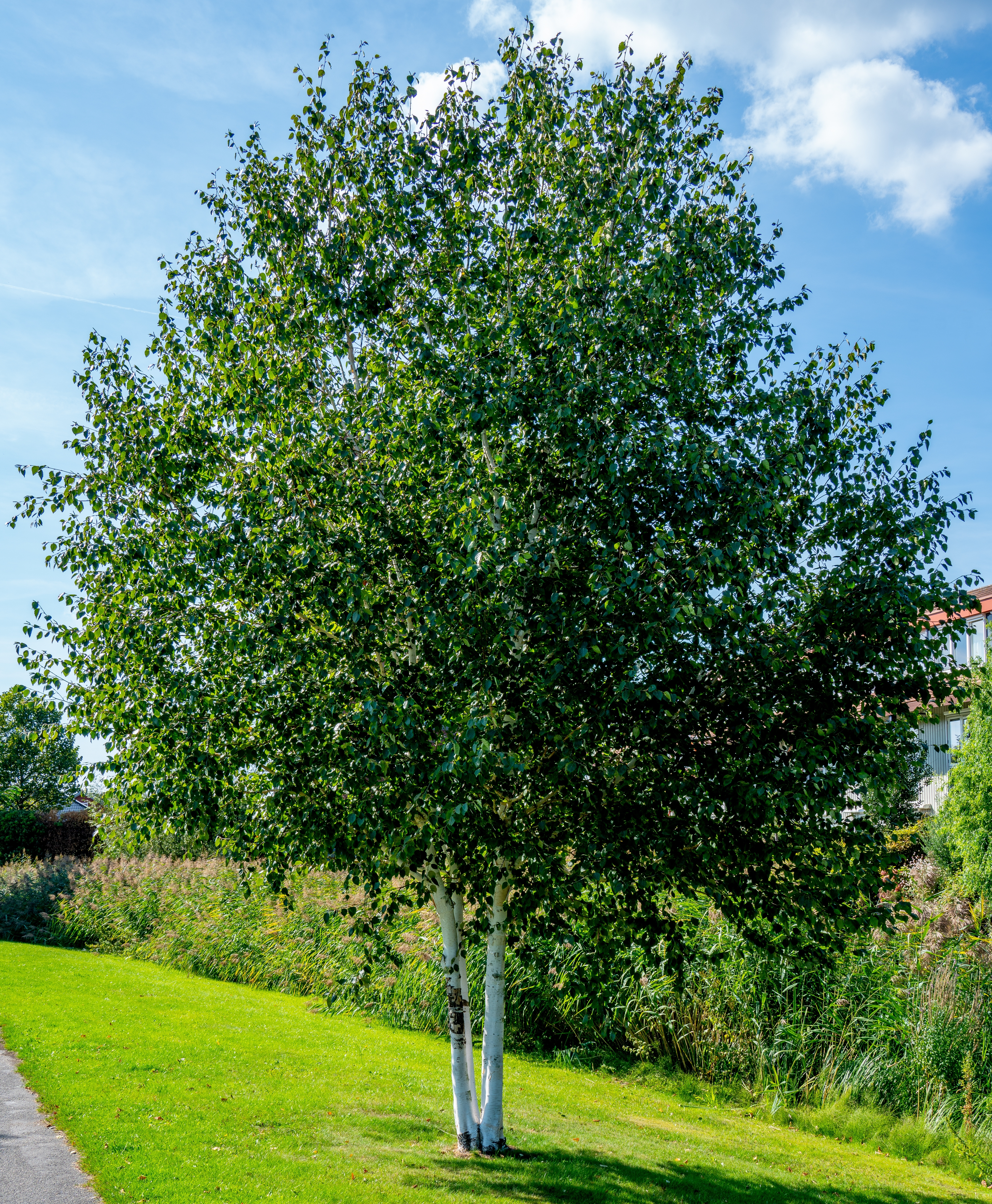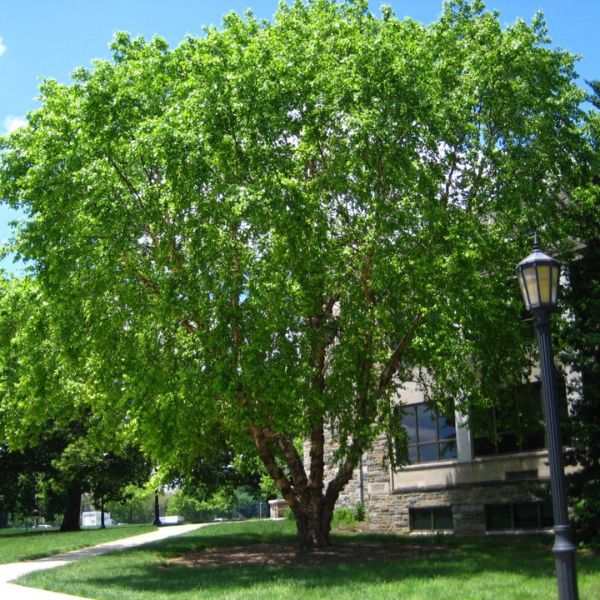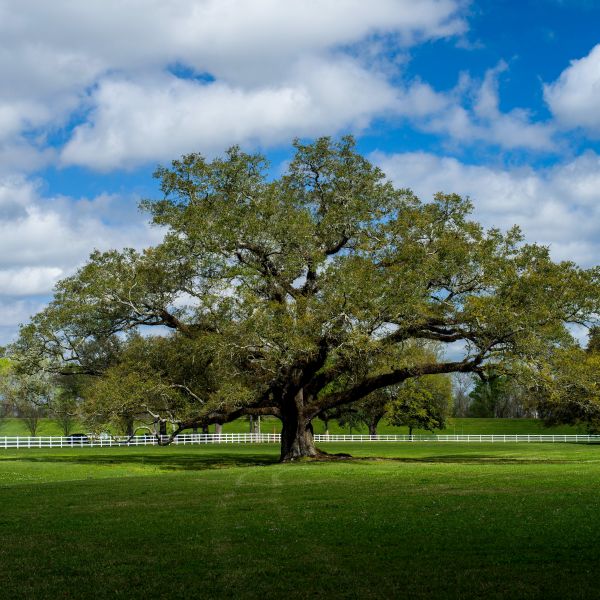
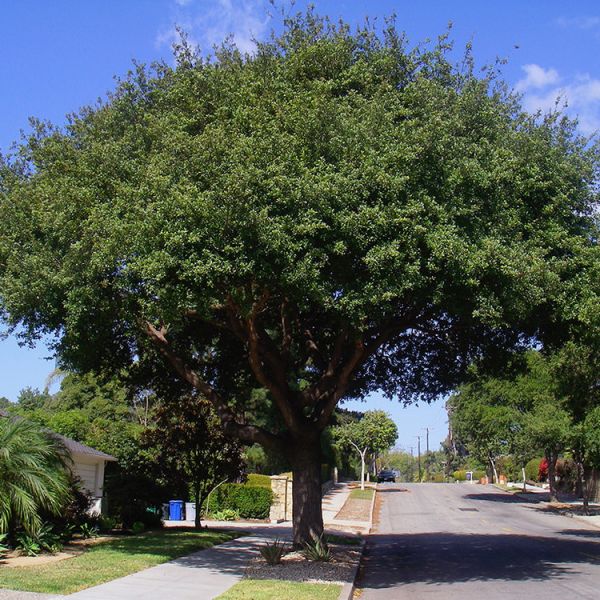
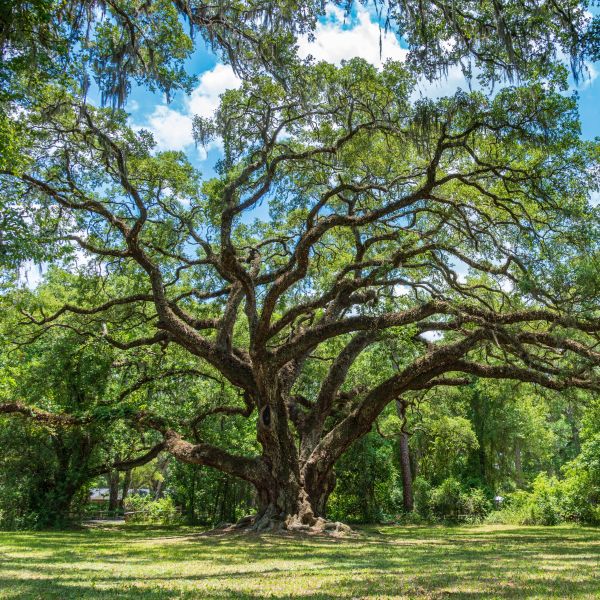
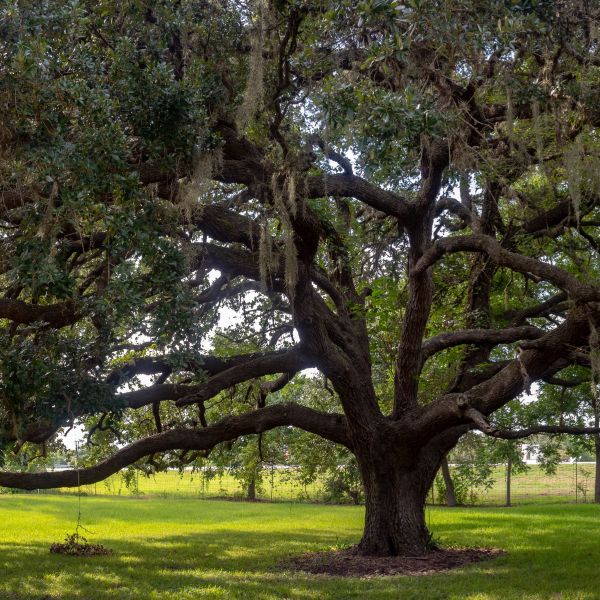
Southern Live Oak
Quercus virginiana
18 reviews
Southern Live Oak
Quercus virginiana
18 reviews
1 Gallon
We are sorry, product is currently out of stock due to seasonal availability. Please check the "Related plants available in your area" section below
Not just beautiful - intentionally selected by ShrubHub's 3D landscape design team to fit real-world spaces and maximize yard potential.
Why Southern Live Oak?
The Southern Live Oak is an iconic evergreen tree that is native to the southeastern United States and is known for its majestic appearance. With its dense, spreading canopy and deeply furrowed, gray-brown bark, the tree can reach heights of up to 80 feet. The Southern Live Oak is a cultural icon in the South, often featured in literature, film, and art as a symbol of strength and endurance. It is also a vital component of many coastal ecosystems, providing habitat and food for numerous animals.
Related plants available in your area
Sunlight
Southern Live Oak trees require full sun to partial shade. They thrive in areas with direct sunlight for at least 6 to 8 hours a day but can also tolerate some shade.
Watering
Southern Live Oaks typically have moderate watering requirements. They prefer moist, well-drained soil, especially during their first few years of growth. However, once established, they can tolerate periods of drought and have a high resistance to drought
Fertilizing
Southern Live Oak trees have minimal fertilizer requirements. They are adapted to grow in a range of soil types and can thrive with natural nutrient cycling. It is generally unnecessary to apply fertilizer, unless there are specific soil deficiencies or si
The Southern Live Oak is a majestic and iconic tree that is native to the southeastern United States. This tree is prized for its impressive size, long lifespan, and beautiful, sprawling branches that provide ample shade and a stunning focal point in any landscape.
While the Southern Live Oak is a relatively low-maintenance tree, it does require occasional pruning to maintain its shape and remove dead or damaged branches. It is generally resistant to pests and diseases, and it can tolerate a wide range of growing conditions.
Southern Live Oak is adaptable to a wide range of growing conditions, including full sun to partial shade and a variety of soil types. It prefers well-drained soil that is rich in organic matter, and it benefits from regular fertilization to promote healthy growth.
This tree is a large and impressive specimen that can reach heights of up to 60-80 feet tall and 60-100 feet wide. It has a sprawling, irregular shape that makes it a great choice for providing shade and a stunning focal point in larger landscapes.
Southern Live Oak has attractive, dark green foliage that is arranged in a unique, irregular pattern along its sprawling branches. The foliage is evergreen, providing year-round color and interest in the garden.
In addition to its impressive size and attractive foliage, Southern Live Oak provides winter interest with its evergreen habit. Its dark green leaves persist through the winter months, providing a striking contrast to the browns and grays of winter.
Overall, Southern Live Oak is a stunning and iconic tree that is sure to make a statement in any landscape. It is a great choice for providing shade and a stunning focal point in larger landscapes, and it provides year-round color and interest with its impressive size and attractive foliage.
Plant Information:
| Botanical Name: | Quercus virginiana |
| USDA Zones: | 8 - 10 |
| Water: | Moderate |
| Exposure: | Full Sun |
| Soil Needs: | Well-Drained & Adaptalbe |
| Mature Height: | 50 - 80 feet |
| Mature Spread: | 70 - 90 feet |

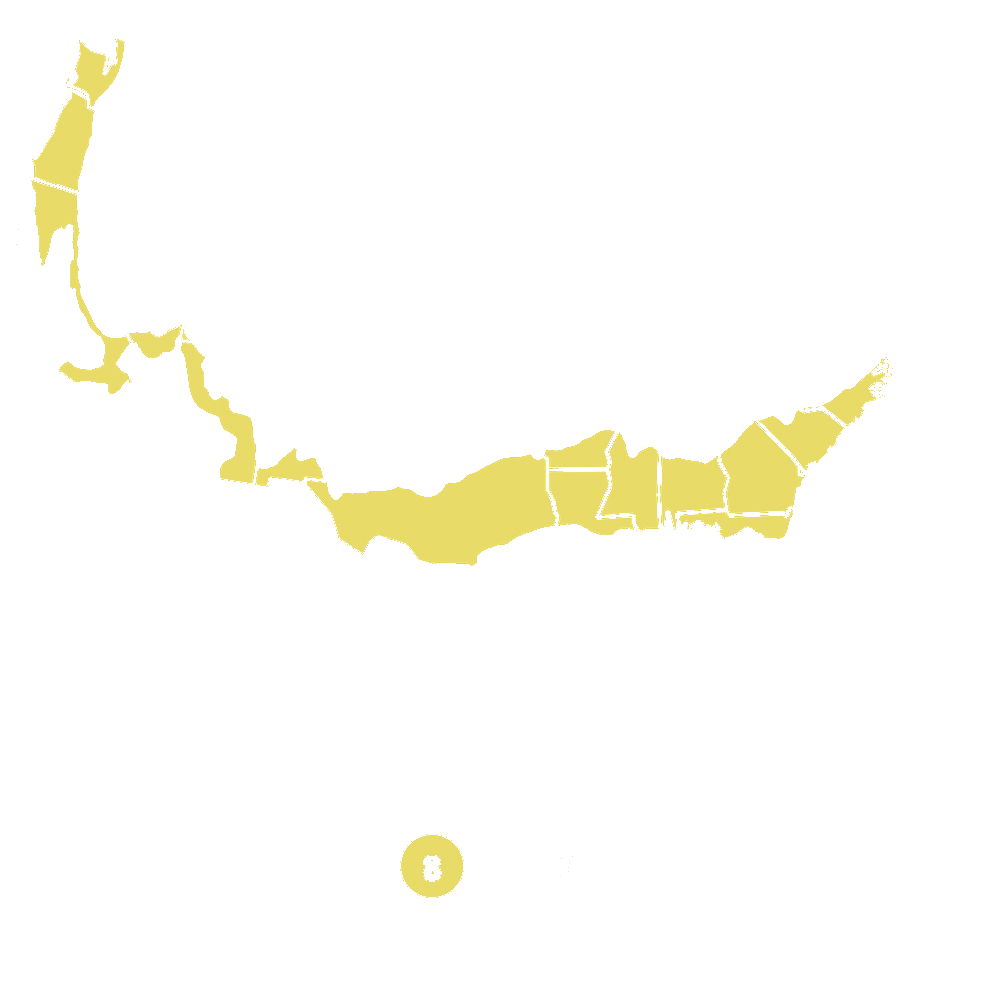


Pollination Info
Pollination Info for Southern Live Oak (Quercus virginiana)
The Southern Live Oak (Quercus virginiana) is a wind-pollinated tree species, which means that it relies on wind to carry its pollen from the male flowers to the female flowers.
The male flowers of the Southern Live Oak appear in the form of long, dangling yellow-brown catkins that grow in clusters at the tips of the branches. Each catkin contains many tiny male flowers, each with several stamens that produce pollen.
The female flowers of the Southern Live Oak are small and inconspicuous, and appear at the base of new shoots. Each female flower consists of a single ovary with three styles that protrude above the flowers, which are receptive to pollen.
During pollination season, which typically occurs in spring, the wind blows the pollen from the male flowers to the female flowers. Once the pollen lands on the sticky stigmas of the female flowers, it germinates and grows down through the styles into the ovary, where it fertilizes the female gametes. Once fertilization occurs, the ovary develops into an acorn.
The Southern Live Oak is known for producing large quantities of acorns, which are an important food source for many wildlife species, including deer, squirrels and wild turkeys.
FAQ
Southern Live Oak (Quercus virginiana) FAQ
What is a Southern Live Oak?
The Southern Live Oak, or Quercus virginiana, is a large evergreen tree found in the southeastern United States. It is known for its sprawling branches and thick, scaly bark. These trees can grow up to 80 feet tall and 100 feet wide.
What are the leaves like?
The leaves of a Southern Live Oak are leathery and deep green in color. They are typically 2-5 inches long and have smooth edges. In the fall, they will usually turn yellow or brown before falling off the tree.
Where are they commonly found?
Southern Live Oaks are commonly found in the southeastern United States, particularly in coastal areas. They are often seen in parks and on private property, but can also be found in forests and along streets.
What is their growth rate?
The Southern Live Oak is a slow-growing tree, typically growing around 2-3 feet per year. However, with proper care and conditions, they can reach full maturity within 50-70 years.
What are their water and sunlight needs?
The Southern Live Oak prefers full sun but can also tolerate partial shade. They require regular watering, particularly when newly planted, but can also tolerate drought conditions once established.
What are some common pests and diseases?
Southern Live Oaks are relatively resistant to pests and diseases, but can occasionally be affected by viruses, fungi, or insect infestations. Some common pests include scale insects and webworms, while common diseases include oak wilt and powdery mildew.
Do they require pruning?
The Southern Live Oak does not require regular pruning, but it is important to remove any dead or diseased branches as needed. Pruning should be done in the late winter or early spring to avoid damaging the tree.
What is their significance in southern culture?
The Southern Live Oak is a significant cultural symbol in the southeastern United States, particularly in regions such as Louisiana and Georgia. They are often seen in historic settings such as plantations and cemeteries, and their sprawling branches and impressive size have made them a beloved part of southern landscape architecture.
Planting & Care
Planting & Care for Southern Live Oak (Quercus virginiana)
- Location: Southern Live Oaks prefer well-drained soils in full sun or partial shade. They thrive in zones 7-10.
- Planting: The best time to plant Southern Live Oaks is in late fall to early winter. Dig a hole twice as wide and twice as deep as the root ball. Place the tree in the hole and fill it with soil. Water deeply and add a layer of mulch around the base of the tree.
- Watering: Southern Live Oaks require regular watering during their first few years of growth. After they are established, they can tolerate drought conditions. Water deeply once a week during dry spells.
- Fertilizing: Fertilize Southern Live Oaks in the early spring with a slow-release fertilizer. Avoid fertilizing in the fall as this could promote new growth that may not have time to harden off before winter.
- Pruning: Prune Southern Live Oaks during the winter months when the tree is dormant. Remove any dead, damaged, or diseased branches. Also, thin out any crossing or rubbing branches to improve the tree's overall structure.
- Pests and Diseases: Southern Live Oaks can be susceptible to oak wilt, a lethal fungal disease. To prevent oak wilt, avoid pruning during the growing season and wound the tree as little as possible. Watch for signs of leaf scorch, wilting, and branch dieback.
Check Out These Verified Customer Reviews:
Customer Reviews
4.7 out of 5 based on 18 reviews
Thank you! Your review has been submitted.
Easy to navigate website
High quality tree, thriving well
The website was easy to navigate, and I found the perfect Southern Live Oak for my yard. Great selection.
Item has been added to your cart.



